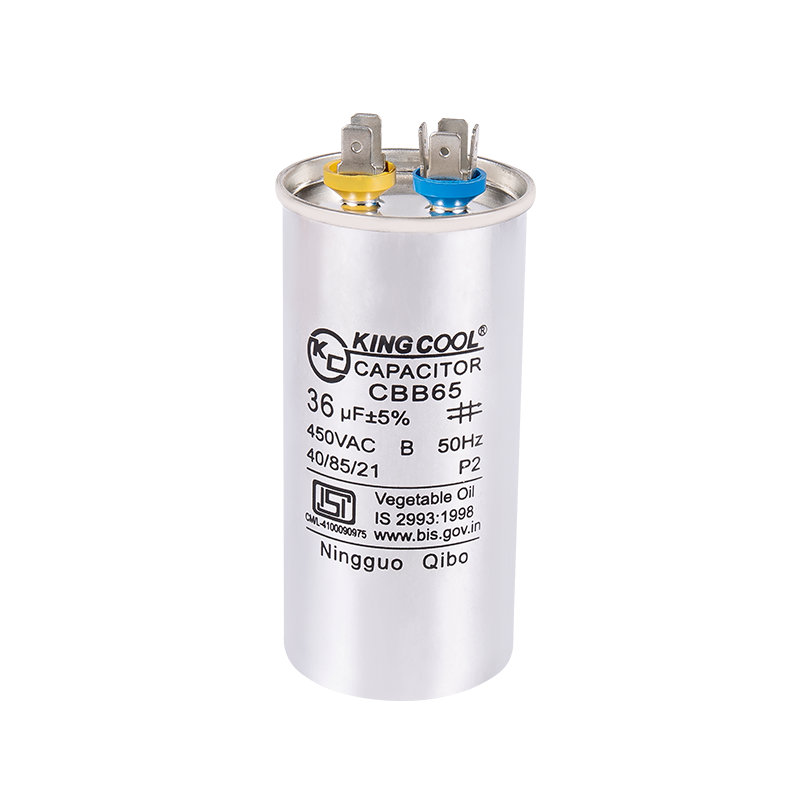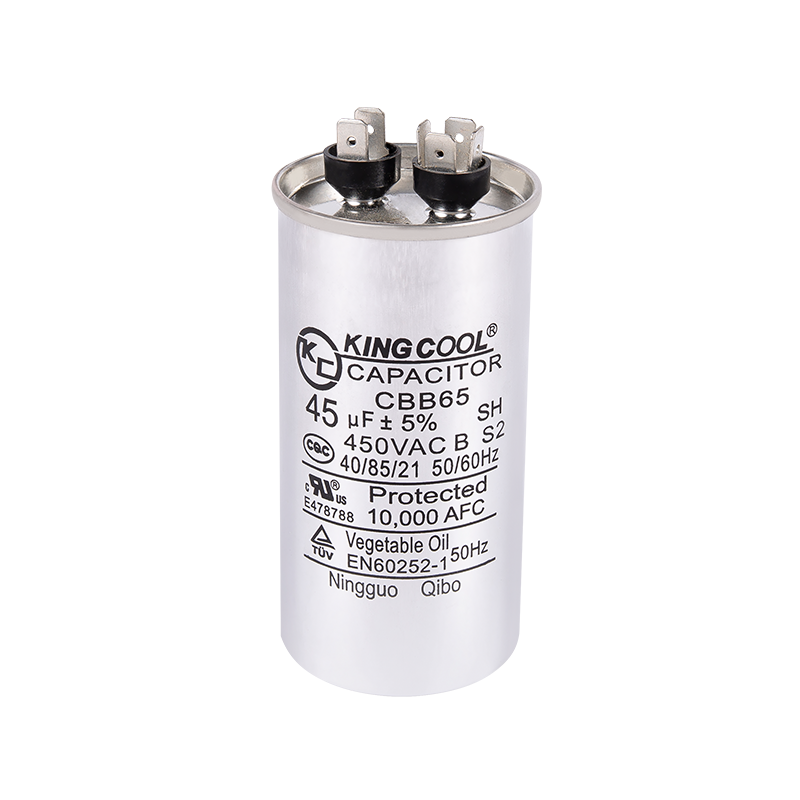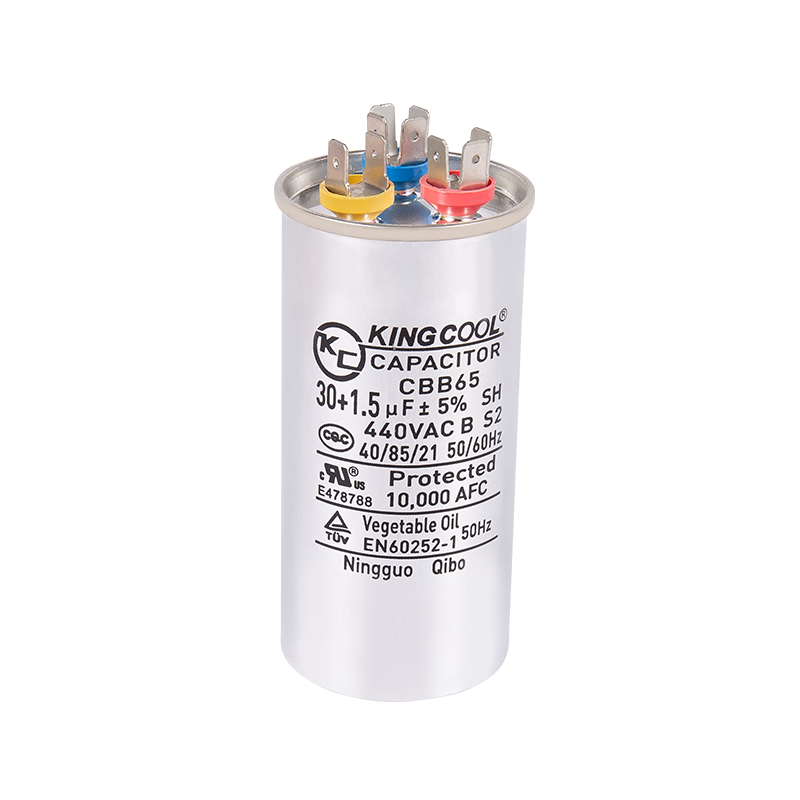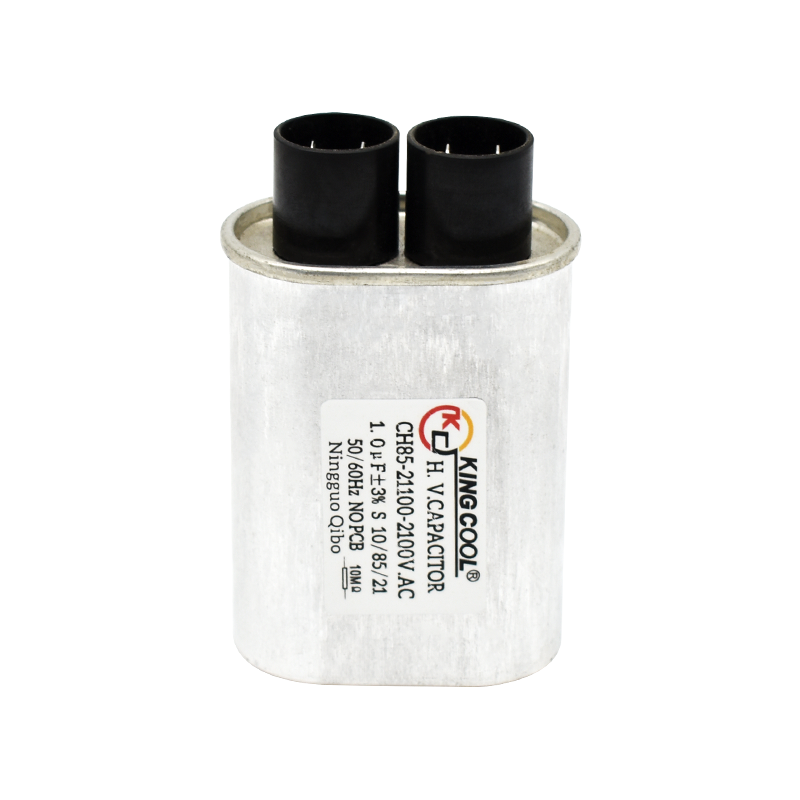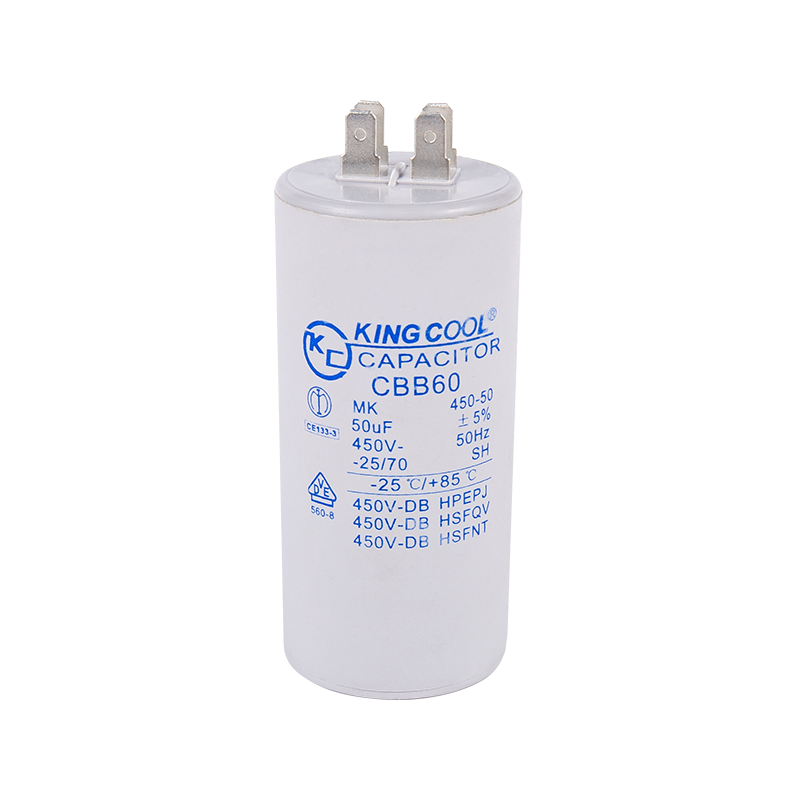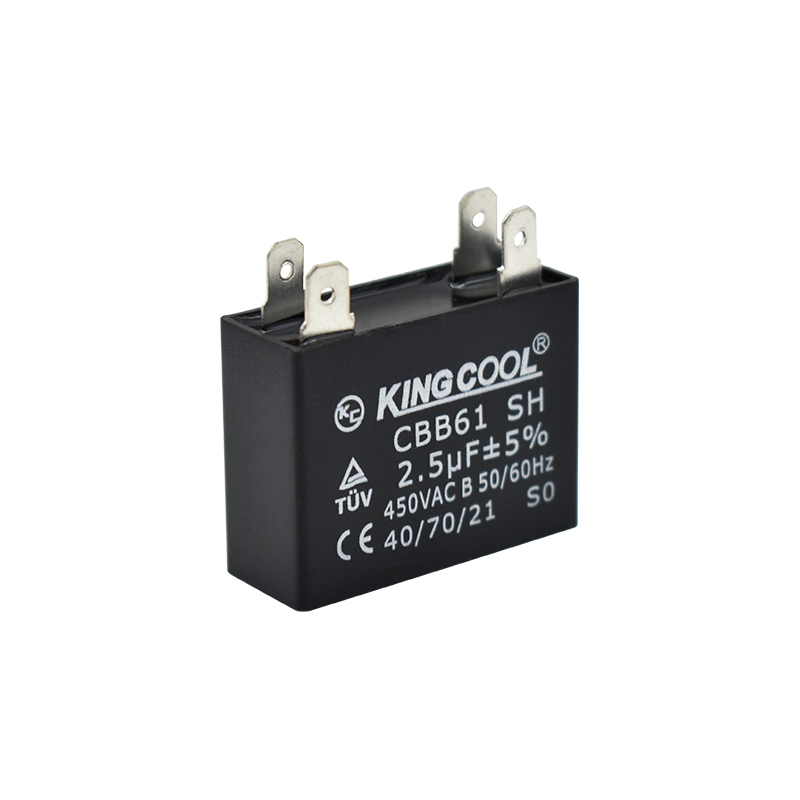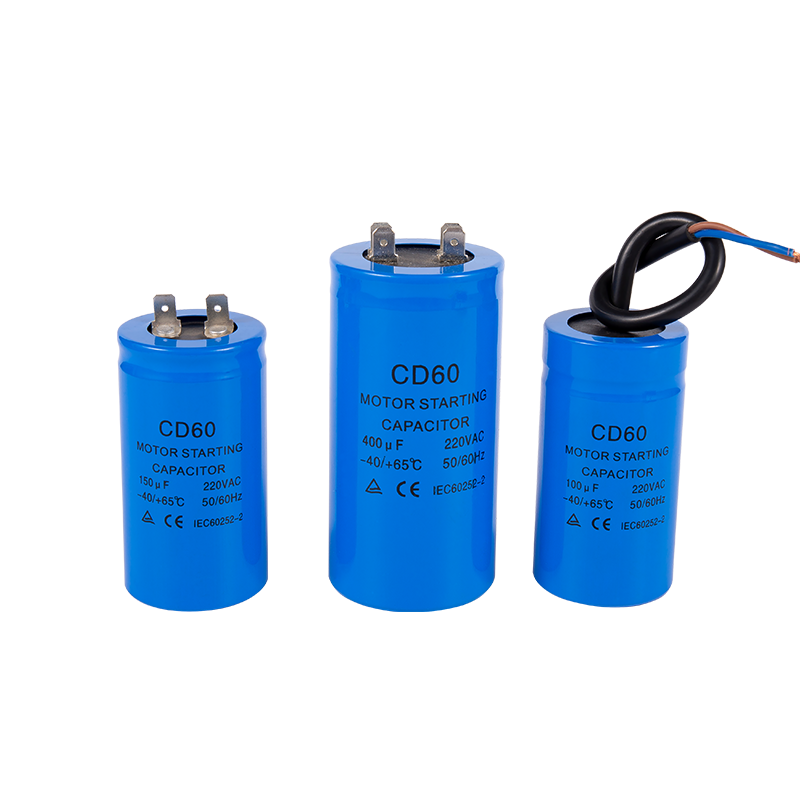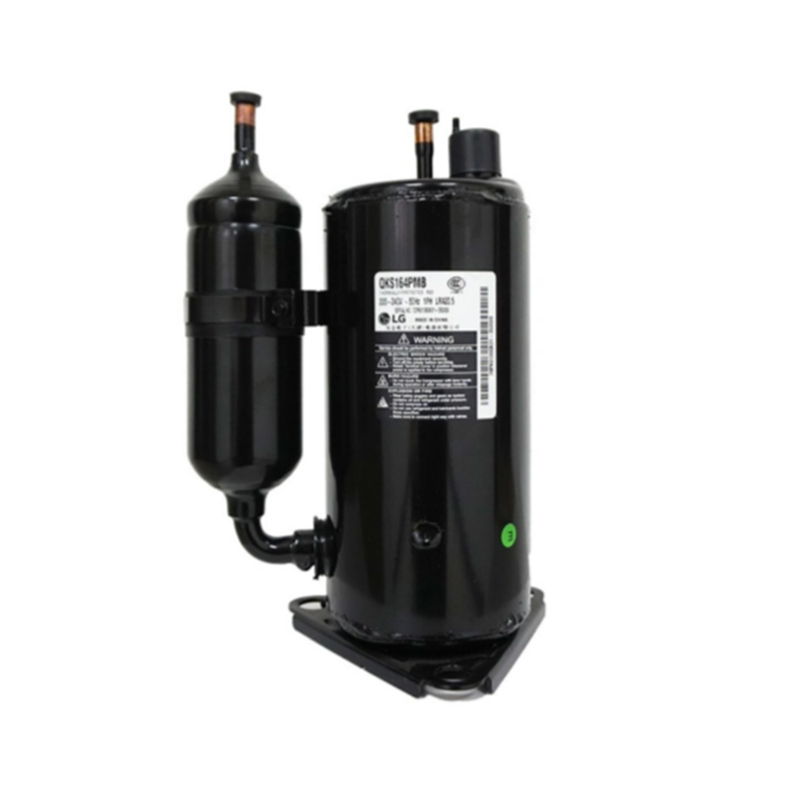- Home
- About Us
- Product
- Capacitor
- Air-Conditioner Parts
- Compressor
- Universal A/C Control System & Remote
- Temperature Controller
- Contactor & Transformer
- Relay & Overload & Delay Timer
- Indoor And Outdoor Air Conditioning Motor
- Defrost Timer
- Thermostat Guard
- Select Switch
- Fan Blade
- Air Conditioner Bracket
- A/C Flow Deflector & A/C Service Bag
- High Pressure Washer
- Charging Valve & Capillary & Wave Tube
- All A/C Brands Sensor
- Insulation tuber
- Refrigerator Parts
- Refrigeration Parts
- Axial Fan
- Microcomputer Temperature Control
- Voltage Protector
- Vacuum Pump & Refrigerant Recovery Unit & Scale
- Brass & Copper Fitting
- Installation Material
- PVC Air Curtain
- Condensate Drain Pump
- Refrigerant
- Copper Tube
- Filter Drier & Oil Separator For Refrigeration System
- Vibration Absorber
- Control Valve & Fitting & Component
- Manifold Gauge
- Thermometer
- Air Curtain
- Condenser Unit
- Condensing Unit
- AC Cooling Fan
- Refrigerant Leak Detector
- Latch & Hinge
- Washing Machine Parts
- Home Appliances Parts
- Instruments&Tools
- Resources
- News
- Contact Us
Web Menu
- Home
- About Us
- Product
- Capacitor
- Air-Conditioner Parts
- Compressor
- Universal A/C Control System & Remote
- Temperature Controller
- Contactor & Transformer
- Relay & Overload & Delay Timer
- Indoor And Outdoor Air Conditioning Motor
- Defrost Timer
- Thermostat Guard
- Select Switch
- Fan Blade
- Air Conditioner Bracket
- A/C Flow Deflector & A/C Service Bag
- High Pressure Washer
- Charging Valve & Capillary & Wave Tube
- All A/C Brands Sensor
- Insulation tuber
- Refrigerator Parts
- Refrigeration Parts
- Axial Fan
- Microcomputer Temperature Control
- Voltage Protector
- Vacuum Pump & Refrigerant Recovery Unit & Scale
- Brass & Copper Fitting
- Installation Material
- PVC Air Curtain
- Condensate Drain Pump
- Refrigerant
- Copper Tube
- Filter Drier & Oil Separator For Refrigeration System
- Vibration Absorber
- Control Valve & Fitting & Component
- Manifold Gauge
- Thermometer
- Air Curtain
- Condenser Unit
- Condensing Unit
- AC Cooling Fan
- Refrigerant Leak Detector
- Latch & Hinge
- Washing Machine Parts
- Home Appliances Parts
- Instruments&Tools
- Resources
- News
- Contact Us
Product Search
Exit Menu

Understanding AC Capacitors: A Comprehensive Guide
Posted by Admin | 26 Jun
- 1 AC Capacitor vs. DC Capacitor: A Fundamental Distinction
- 2 How Does an AC Capacitor Work?
- 3 AC Capacitor Symbol and Diagram
- 4 Applications of AC Capacitors
- 5 AC Capacitor in HVAC Systems
- 6 AC Capacitor for Electric Motors
- 7 AC Capacitor in Power Supply Circuits
- 8 AC Capacitor in Fan and Pump Applications
- 9 Technical Parameters of AC Capacitors
- 10 AC Capacitor Voltage Rating
- 11 AC Capacitor Capacitance Range
- 12 AC Capacitor Frequency Compatibility
- 13 AC Capacitor Temperature Tolerance
- 14 Failure and Maintenance of AC Capacitors
- 15 AC Capacitor Failure Symptoms
- 16 How to Test an AC Capacitor with a Multimeter
- 17 AC Capacitor Replacement Guide
- 18 Why Do AC Capacitors Bulge or Leak?
- 19 Safety and Installation of AC Capacitors
- 20 AC Capacitor Wiring Diagram
- 21 AC Capacitor Installation Precautions
Capacitors are fundamental components in electronics, playing a crucial role in various circuits. While DC capacitors store energy in a static electric field, AC capacitors are specifically designed to handle alternating current, offering unique functionalities essential for a wide range of applications. This article delves into the intricacies of AC capacitors, exploring their operation, applications, technical specifications, and crucial aspects of maintenance and safety.
AC Capacitor vs. DC Capacitor: A Fundamental Distinction
The primary difference between AC and DC capacitors lies in their intended use and internal construction. A DC capacitor (often electrolytic or ceramic) is designed to block DC current while allowing AC signals to pass. It stores charge and discharges slowly, making it suitable for filtering, smoothing, and timing applications in DC circuits.
An AC capacitor, on the other hand, is built to withstand the continuous charge and discharge cycles inherent in AC circuits. It essentially acts as a temporary energy storage device that continuously charges and discharges with the changing polarity of the AC voltage. This property allows AC capacitors to shift phase, filter AC signals, and improve power factor in AC systems. Unlike DC capacitors, many AC capacitors are non-polarized, meaning they can be connected in either direction.
How Does an AC Capacitor Work?
An AC capacitor works by opposing changes in voltage. When an alternating voltage is applied across a capacitor, the plates alternately charge and discharge. As the voltage rises, the capacitor charges, drawing current. As the voltage falls, the capacitor discharges, releasing current. This continuous charging and discharging creates a leading current with respect to the voltage in a purely capacitive circuit. This phase difference is crucial for many AC applications.
AC Capacitor Symbol and Diagram
The standard schematic symbol for a non-polarized capacitor (which most AC capacitors are) consists of two parallel lines of equal length. For a polarized capacitor (less common in pure AC applications but sometimes found in rectified AC-to-DC circuits), one line will have a plus sign, or the line representing the positive terminal will be curved.
Applications of AC Capacitors
AC capacitors are ubiquitous in modern electrical systems. Their ability to store and release energy, shift phase, and filter signals makes them indispensable in numerous applications.
AC Capacitor in HVAC Systems
In heating, ventilation, and air conditioning (HVAC) systems, AC capacitors are vital components for motor operation. They are commonly found as start capacitors and run capacitors for compressors and fan motors. Start capacitors provide a momentary boost of torque to initiate motor rotation, while run capacitors help maintain a stable magnetic field, improving motor efficiency and power factor during continuous operation.
AC Capacitor for Electric Motors
Beyond HVAC, AC capacitors are extensively used in various single-phase AC electric motors. They help create a rotating magnetic field in the motor's auxiliary winding, allowing the motor to start and run efficiently. Without them, many single-phase motors would not be able to self-start.
AC Capacitor in Power Supply Circuits
While often associated with DC filtering, AC capacitors play a role in AC power supply circuits, particularly in power factor correction (PFC). They can be used to compensate for inductive loads (like motors), improving the overall power factor of the system and reducing energy waste. They are also used in some AC-to-AC conversion circuits.
AC Capacitor in Fan and Pump Applications
Similar to HVAC and general motor applications, AC capacitors are crucial for the efficient and reliable operation of fans and pumps in various industrial and domestic settings. They ensure smooth starting and continuous running of these motor-driven devices.
Technical Parameters of AC Capacitors
Understanding the key technical parameters of an AC capacitor is essential for selecting the correct component for a given application.
AC Capacitor Voltage Rating
The voltage rating indicates the maximum AC voltage that the capacitor can safely withstand continuously without breaking down. It is crucial to select a capacitor with a voltage rating significantly higher than the peak AC voltage it will experience in the circuit to ensure reliability and prevent failure.
AC Capacitor Capacitance Range
The capacitance (measured in Farads, F, though microfarads, $\\mu$F, are more common for AC capacitors) determines the amount of charge the capacitor can store at a given voltage. The required capacitance varies widely depending on the application, from small values for filtering to larger values for motor starting and power factor correction.
AC Capacitor Frequency Compatibility
AC capacitors are designed to operate within a specific frequency range. While many general-purpose AC capacitors can handle standard power line frequencies (e.g., 50/60 Hz), specialized capacitors may be required for higher frequency applications to minimize losses and ensure proper operation.
AC Capacitor Temperature Tolerance
The temperature tolerance specifies the range of ambient temperatures over which the capacitor can operate reliably without degradation of its performance or lifespan. High temperatures can significantly impact a capacitor's lifespan and efficiency.
Failure and Maintenance of AC Capacitors
Like all electronic components, AC capacitors can fail over time. Recognizing failure symptoms and performing proper maintenance are crucial for system reliability.
AC Capacitor Failure Symptoms
Common symptoms of a failing AC capacitor include:
Motor humming but not starting: This is a classic symptom of a faulty start or run capacitor in a motor.
Reduced motor speed or efficiency: A weakened run capacitor can lead to diminished motor performance.
Clicking noises: While less common for the capacitor itself, related components might make noise due to capacitor failure.
Overheating: The motor or surrounding components might overheat due to improper capacitor function.
Visual cues: A physically bulged or leaking capacitor is a clear sign of failure.
How to Test an AC Capacitor with a Multimeter
A multimeter with a capacitance testing function can be used to check an AC capacitor. After safely discharging the capacitor, set the multimeter to the capacitance range and connect the probes across the capacitor terminals. The reading should be close to the capacitor's rated capacitance. A reading significantly lower, zero, or "OL" (overload) indicates a faulty capacitor. For multimeters without capacitance testing, the continuity or resistance setting can sometimes indicate a shorted capacitor (zero resistance) but cannot confirm proper capacitance.
AC Capacitor Replacement Guide
Replacing an AC capacitor involves several critical steps:
1. Safety First: Always disconnect power to the circuit and safely discharge the capacitor before handling.
2. Identify the Capacitor: Note the type, voltage, and capacitance of the existing capacitor.
3. Disconnect Wires: Carefully disconnect the wires connected to the old capacitor, noting their positions if not clearly marked.
4. Install New Capacitor: Connect the new capacitor, ensuring correct wiring.
5. Secure the Capacitor: Secure the capacitor firmly in its mounting bracket.
6. Restore Power: Once everything is securely connected, restore power and test the system.
Why Do AC Capacitors Bulge or Leak?
Bulging or leaking is a common sign of AC capacitor failure, particularly in electrolytic capacitors (though less common in non-polarized AC motor capacitors, which can still fail internally without external signs). This typically occurs due to:
Overvoltage: Exceeding the capacitor's voltage rating can cause the dielectric material to break down, generating gas internally.
Overheating: Prolonged exposure to high temperatures can accelerate the degradation of the electrolyte and dielectric.
Aging: Over time, the electrolyte can dry out or chemically degrade, leading to reduced capacitance and internal pressure buildup.
Manufacturing defects: Less commonly, a manufacturing flaw can lead to premature failure.
Safety and Installation of AC Capacitors
Working with AC capacitors requires strict adherence to safety protocols due to the potential for stored energy and high voltages.
How to Safely Discharge an AC Capacitor
Never touch the terminals of a charged AC capacitor without discharging it first.
To safely discharge an AC capacitor:
1. Disconnect Power: Ensure the circuit is completely de-energized.
2. Use a Resistor: Connect a high-value power resistor (e.g., 20,000 ohms, 5-watt) across the capacitor terminals. The resistor safely dissipates the stored energy as heat.
3. Wait and Verify: Allow sufficient time for the capacitor to discharge (typically several seconds to a minute, depending on capacitance and resistor value). Verify discharge with a voltmeter set to AC voltage across the terminals, ensuring the reading is close to zero.
4. Insulated Tools: Always use insulated tools when working with capacitors.
AC Capacitor Wiring Diagram
Wiring diagrams for AC capacitors vary widely depending on their application.
Start/Run Capacitors for Motors: Typically involve connecting the capacitor in series with a start winding and/or parallel with a run winding, often through a centrifugal switch.
Power Factor Correction: Capacitors are often connected in parallel across the inductive load.
Always refer to the specific equipment's wiring diagram or a reliable electrical schematic when installing or replacing an AC capacitor.
AC Capacitor Installation Precautions
De-energize the Circuit: Always confirm power is off before beginning any installation.
Discharge Old Capacitor: Safely discharge the old capacitor before removing it.
Select Correct Replacement: Ensure the new capacitor matches the voltage, capacitance, and type of the original.
Proper Polarity (if applicable): While most AC capacitors are non-polarized, double-check for any polarity markings if uncertain.
Secure Mounting: Ensure the capacitor is securely mounted to prevent vibrations and damage.
Proper Wiring: Connect all wires correctly and securely, ensuring good electrical contact.
Ventilation: Ensure adequate ventilation around the capacitor to prevent overheating.
Personal Protective Equipment (PPE): Wear safety glasses and insulated gloves.
By understanding these principles of operation, application, technical parameters, and safety, individuals can effectively work with AC capacitors, ensuring the reliable and efficient operation of countless electrical systems.
Efficient charging, stable output, capacitor, thefirst choice for electric drive.
- Address: North Side of Meicun RD Helixi Economic and Technological Development Zone Ningguo, Anhui, China
- Phone/WhatsApp: +86-18110862602
- Email: [email protected]
If you have anything to consult, you canfollow us, we will contact you as soon aspossible
Copyright © Ningguo Kingcool Import and Export Co., Ltd. All Rights Reserved. Custom HVAC Parts & Accessories Suppliers

 English
English Français
Français Español
Español عربى
عربى







